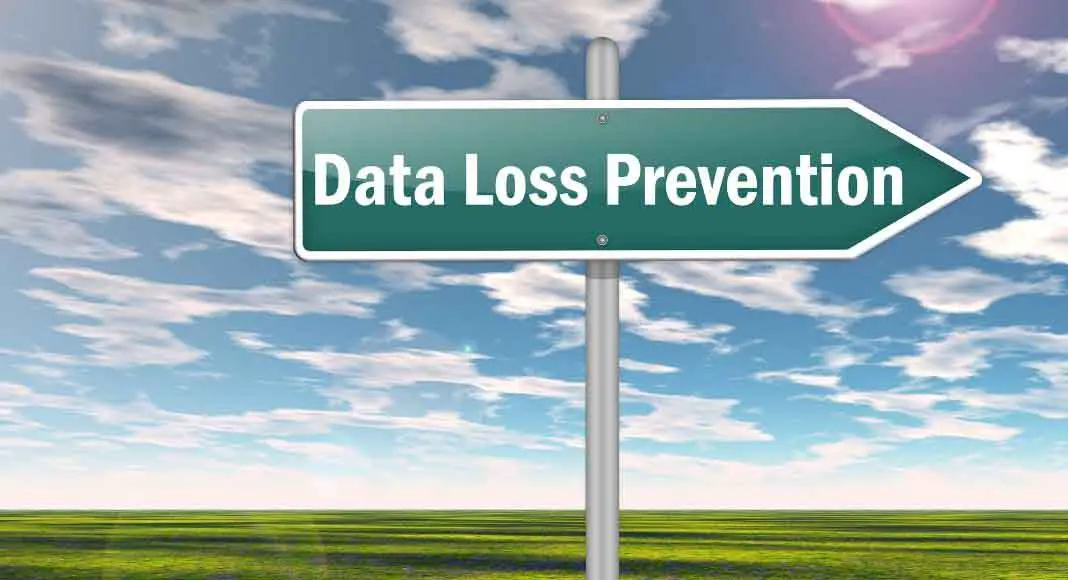Data Loss Prevention, or DLP, is a very important and one of the most effective tools to minimize the risk of security breaches within your company. When DLP is used correctly, it can stop any errors that could otherwise lead to costly and potentially damaging results for the business. Of course, as with any security system, there is no single DLP policy that works for all businesses, so it is wise to do your research and find out what is best for you and your business.
However, in general, email should be considered a major threat to the security of your business. Therefore, you should prioritize implementing data loss prevention tactics around any email you receive or send. Read on to learn more about what you can do.
Know what is sensitive data
Sometimes, sensitive data must necessarily be communicated by email. It’s a good idea to list any potentially sensitive information, or types of information, that might need to be sent via email to determine the potential threat level. For further guidance on this, it is advisable to contact a DLP expert, such as Proofpoint, who can help you with the information he needs. Unless you’re well-versed in understanding what differentiates some data shapes from others, it’s always worth getting advice.
Once you know what kind of sensitive information you’re dealing with, it’s easier to come up with, or have a third party come up with, a DLP policy that you can put in place to make sure your business does everything possible to keep this data secure. .
Understand inbound email threats
Regarding the most dangerous emails and their connection to a cybersecurity breach, and why you need to implement DLP practices, incoming email is the most dangerous. Any email that enters your business has the potential to become a threat, so you and your staff need to understand what those threats are and how to look for them.
Phishing is something that should be considered. A phishing email is specifically designed to trick recipients into thinking it is from someone else (a friend, co-worker, client, or even an official source like the government or FBI), thereby persuading them to pass on sensitive information. . . This information could be bank details, names and addresses, or passwords, for example. They often contain a link that, when clicked, opens the computer to a virus, even if sensitive information is not sent.
Another problem is malware. Short for ‘malicious software’, malware will install itself on your computer’s network and corrupt or steal data. In addition to this, it can automatically send emails to your contacts claiming to be yours with the same malware attachment. Anyone who opens this is subject to the same security breach as you, and so it continues, spreading like a virus (hence the term ‘computer virus’).
Knowing what a dangerous email looks like and how to deal with it is a good way to achieve DLP within your business.
Subscribe to our latest newsletter
To read our exclusive content, sign up now. $5/month, $50/year
Categories: Technology
Source: vtt.edu.vn
